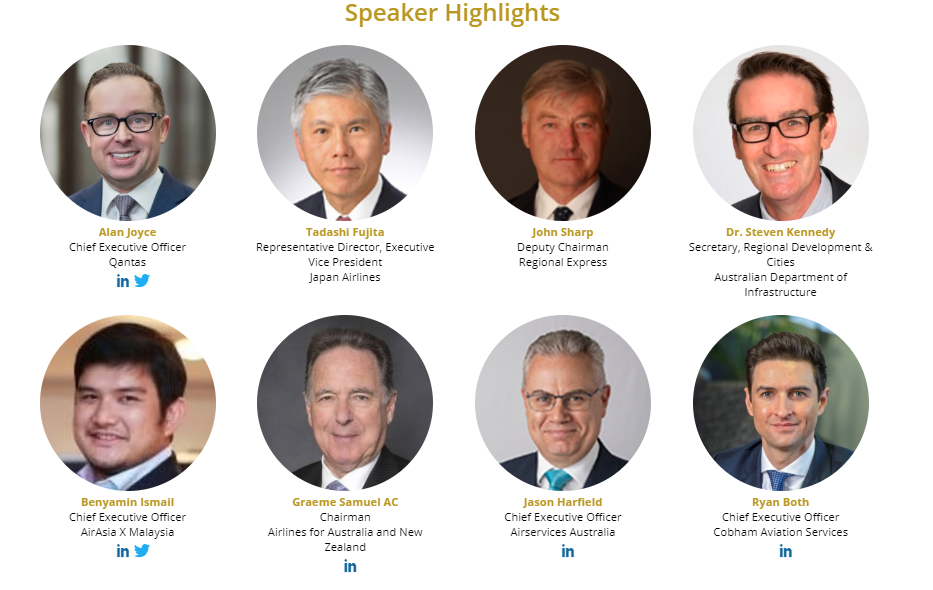Unlike some protectionist-supported airlines, this has been achieved with the most open market policies in the world (despite a recent aberration in the Australian market). Virgin Australia is yet to revive its fortunes but remains well entrenched in the Australian market; its multiple major airline investors offer both support and hindrance.
In 2019, a key change in allegiances will influence the domestic and regional markets as Air New Zealand switches its partnership away from Virgin Australia to the much bigger Qantas, creating a formidable force in the Australasian market. In the Pacific too, Fiji Airways is performing well, though the Fijian government has to wrestle with the commercial conflict between supporting its airport and flag carrier with a restrictive access regime, while seeking to stimulate its major industry, inbound tourism. Tourism may be the loser.
A surge in inbound tourism to the region from China has rapidly inflated growth, notably in Australia, where a dozen Chinese airlines operate at various levels of activity. Chinese tourists to Australia now exceed New Zealanders, the longstanding #1. As by far the largest spenders when on their holidays, this has offered a bonanza to the economy and the national tourism industry.
But it is unlikely that the growth rates experienced in recent years will be maintained. Already there are signs of a slowdown. Much of the growth has been led by supply at very low fares and as some of the enthusiasm by provincial governments to provide subsidies wanes, a period of stabilisation is likely.
Exports generated by international tourism reached USD 1.7 trillion in 2018, a 4% increase in real terms over the previous year, a new report from the World Tourism Organization shows. For the seventh year in a row, tourism exports grew faster than merchandise exports (+3%), reflecting solid demand for international travel in a generally robust economic environment.
The same report shows outbound tourism spending from Australia increased 10% year-on-year in 2018, making it one of the fastest growing of the world's top 10 source markets.
As one the discussion topics at the forthcoming Australia Pacific Aviation and Corporate Travel Summit, CAPA - Centre for Aviation will hold talks questioning what are the main source markets for Australian inbound tourism and if the region well positioned to attract key inbound markets. Meanwhile, on the outbound side it will similarly look at the strong market performers, and those ripe for future growth, while analysing how fares out of the region are performing.
As the foremost authority on aviation in the world, CAPA - Centre for Aviation's events provide cutting edge knowledge about strategic market trends and dynamics to help attendees make informed decisions, delivering the information and connections needed to inspire and improve business. The CAPA Australia Pacific Aviation and Corporate Travel Summit will take place in Sydney on 07-08 August 2019.
The South Pacific aviation market has enjoyed relatively benign operating conditions in the last couple of years, allowing the region's carriers to record some of its best ever results. Major inbound markets are performing well and bringing solid traffic growth. Against this backdrop, Australia and New Zealand air carriers are exploring the latest aircraft technology, opening up new city pairs, realigning their hubs and reviewing their partnership strategies on key markets such as the Trans Tasman and Trans Pacific.
But as we head deeper into the year, changing macroeconomic conditions, rising fuel prices and growing trade protectionism could cause major headwinds in the industry. What is the outlook for Australia and New Zealand aviation for the medium term and what new dynamics will shape?
CAPA's home event, the Australia Pacific Summit, will be held on 7-8 August to explore these issues, as well as the commercial and operational pillars underpinning strategic decision making at local and international carriers. It will gather 600+ aviation and corporate travel executives from airlines, airports and suppliers in what is widely regarded as the largest, pre eminent strategic aviation summit in the South Pacific region.
This event, hosted at the Hyatt Regency Sydney hotel, Located adjacent to Darling Harbour in Sydney's Central Business District (CBD), is a must attend for those seeking to learn from, network and collaborate with today's travel industry leaders!

